
Alumni Share Their Journeys in Rehabilitation Medicine
By Anastasios Karoussos, OMS-2 丨 April 9, 2025
Physical Medicine and Rehabilitation (PM&R) is a unique specialty that focuses on restoring function and improving quality of life. Despite its crucial role in healthcare, it often flies under the radar for many medical students. To shed light on the field, I spoke with alumni from the Marian University Tom and Julie Wood College of Osteopathic Medicine (MU-WCOM) who pursued PM&R to understand their journeys, challenges, and insights. Through this blog series, I hope to provide perspective on why medical students should consider a career in this valuable and rapidly growing specialty.
In this post, we will explore the good, the bad, and the ugly of PM&R, featuring the input of alumni reflecting on their experiences in the field of rehabilitation medicine.
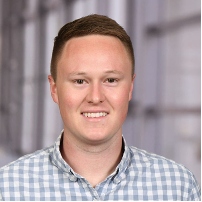
Adam Green, DO '23
“I mean, you can literally see patients start to take a step, start to take two steps, get a little stronger. If you can get them to do something as simple as brush their teeth for the first time or feed themselves for the first time after a traumatic injury, that is a win. You're not focused so much on saving this person from a condition that's fatal at the time. It's like you're helping them get their life back.”
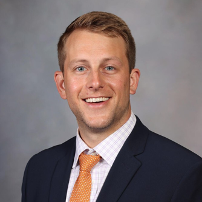
Ben Kopecky, DO '21
“I think the thing that drew me to it was that you have to connect with your patients in order to best help them. PM&R doesn’t have an organ system. Our thing is function, and people's function is tied to their intrinsic passions, wants, and goals. I was also really drawn towards PM&R’s commitment to non-operative intervention. I mean, think about yourself. Would you rather go under the knife right away or try some other things first? PM&R gives patients that option.”

Brandon Budiman-Steinley, DO ‘17
“I think about that a lot because when I first started PM&R, I really wondered what I was bringing to the table to enhance and promote the patient experience because there's so much overlap that PM&R has with so many other professions. I think it's how we approach the patient with that holistic mentality and allow them to be the director and the captain of their own health. As the physician, I can provide some insight and education to the patient, empower them, and guide them to the realization that, regardless of the outcome and despite the very traumatic experience that they had to endure, they will be okay. I find greatest satisfaction in seeing people back in the community, back with their support network, back in the their environment and seeing them having success and seeing them recognizing that they're having success.”
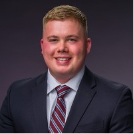
Collin Young, DO ’22
“PM&R allows you to be creative in the ways that you treat your patients.”
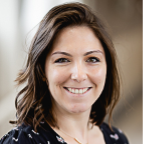
Mackenzie Sacks, DO ’21
“I had a mentor in med school who told me that if you could explain what PM&R was in two minutes, he would give you $200 because you really can't. In rehab, you can do interventional procedures, you can do joint injections, you can do inpatient, you can do outpatient. There are just so many different things that you can do with the field. I think that—along with the core tenants of wanting to get people back to being functionally independent—are what drew me to the specialty.”
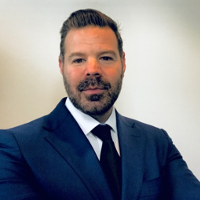
Seth Katzen, DO ’17
“It is such a broad specialty. There are so many subspecialties within PM&R and people are doing things coming out of PM&R that you wouldn't even know that they were PM&R trained. That was very appealing to me because the sky's the limit on what you can do coming out of that specialty, depending on what you find attractive while you're in training.”

Adam Green, DO '23
“I think that the most challenging thing is that a lot of the progress the patients make is really slow. And no matter what we do, sometimes these injuries, like spinal cord injuries, may be severe enough where they may never walk again, despite our efforts.”
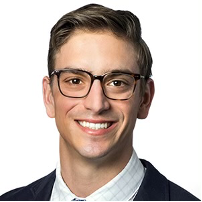
Austin Boos, DO ’20
“I think that one of our biggest challenges as a field is that we have the longest name, and we unfortunately often get confused with a lot of other providers, whether that be psychiatry or physical therapy. In addition, a thing that's great but can also be somewhat of a downside of PM&R is that it's such a broad field with so many different subspecialties that, I think, it can confuse patients and other providers who may not be as knowledgeable. In addition, one of the biggest problems we face is that people just don't know it exists as a field.”

Brandon Budiman-Steinley, DO ‘17
“I think a challenge that occurs with PM&R is remembering the benefit that we bring. We are not the therapists, we are not the prosthetist, we are not the orthotist. But, as the physicians, we are the bridge between these other specialties.”
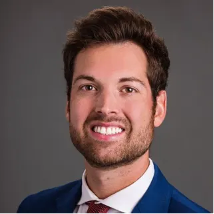
Bryan Wacker, DO '22
“I’ve had countless conversations during my intern year in the ICU with families, telling them that their loved one is probably not going to make it. And that's the hardest conversation you will ever have as a doctor. But it's a different type of hard in the setting of PM&R. In this specialty, instead of discussing end of life, it's definitely counseling patients that their life's going to look different from now moving forward.”

Collin Young, DO ’22
“The patients that you will work with, for one reason or another, may not completely return to their full capacity.”

Mackenzie Sacks, DO ’21
“There are a lot of bad cases where patients had a life-changing injury, and they're just never going to be back to where they were prior to that injury. Imagine a 16 or 17-year-old kid who was on track to be top ten in his class who had a sudden, devastating brain injury and will now require a caretaker for the rest of his life. That is definitely the hardest situation to navigate.”
PM&R is a gratifying area of medicine. It is exceptionally diverse, allowing for physicians to focus their practice on their interests and also to target the unique needs and goals of each individual patient. However, before jumping into this specialty, it is also important to consider the difficult conversations, the emotional distress, and the challenges associated with the occasional lack of recognition in the field.
Follow this link to read part one, and be sure to come back next week to gain clarification on whether PM&R is the right fit for you in part three.
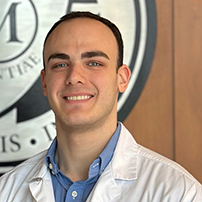
Anastasios Karoussos, OMS-2
Anastasios Karoussos is a second-year student at the Marian University Tom and Julie Wood College of Osteopathic Medicine with a strong interest in Physical Medicine and Rehabilitation. He is passionate about holistic, personalized healthcare, disability health advocacy, mentorship, and education.